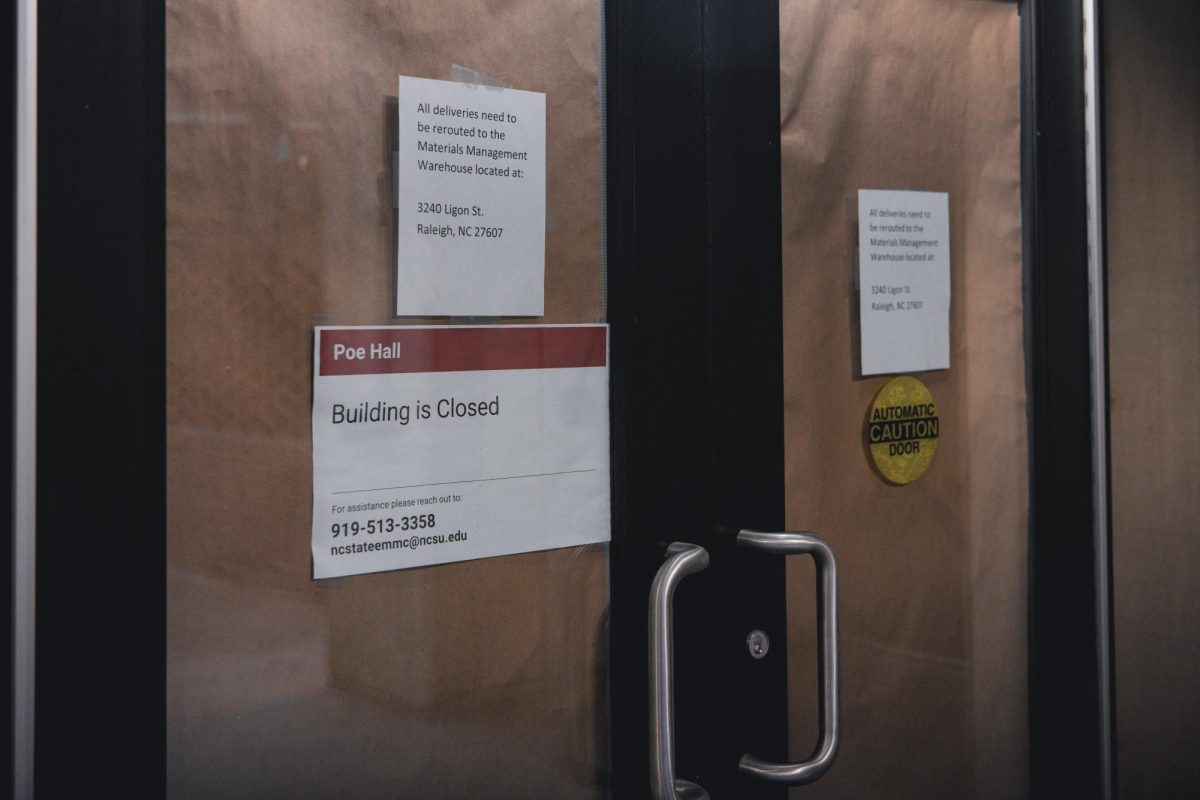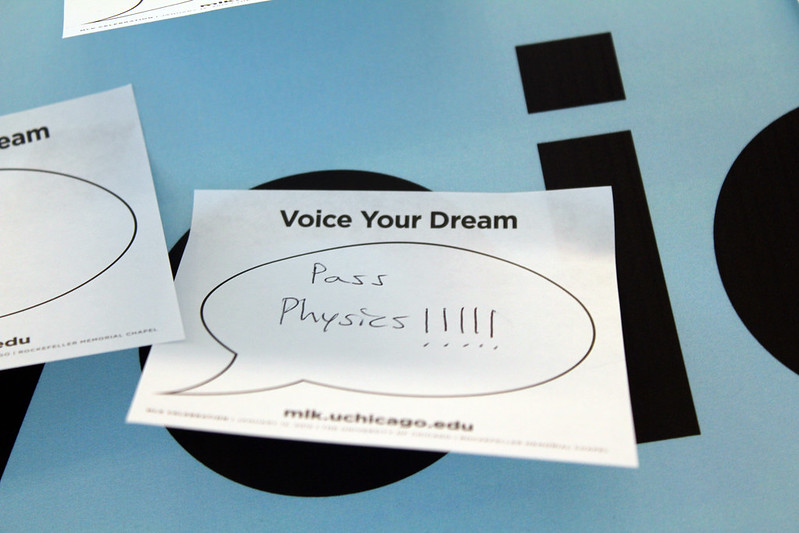Last fall, Poe Hall closed temporarily due to the presence of environmental contaminants called polychlorinated biphenyls (PCBs).
Poe Hall’s closure and subsequent testing results led students, staff and other NC State community members to form the Campus Community Alliance for Environmental Justice.
The Campus Community Alliance for Environmental Justice, commonly referred to as CCAEJ, is a student-led group created to advocate for environmental health and safety on campus. Its members seek accountability from University administration for the presence and impact of PCBs in Poe Hall.
Celine Shay, a second-year Master’s student in the Public History program and a member of CCAEJ, said the idea began in an environmental history class.
In the course, students learned how community members of Warren County protested the dumping of PCBs — sparking the Environmental Justice Movement. As Shay and others drew parallels between Warren County and the situation unfolding at Poe Hall, they knew action had to be taken.
“It was fully Poe Hall that really brought this whole thing [CCAEJ] together,” Shay said. “There are other organizations on campus, but none that really focus solely on Poe Hall and especially on holding the University responsible for exposing students and staff to these toxic chemicals.”
Shay also said there is no hierarchical system in the organization — everyone is equally responsible for bringing awareness to the community.
What is CCAEJ doing?
One of CCAEJ’s main goals is to obtain accountability and secure a cleaner and safer campus environment. In a public petition, the organization outlines six demands to Chancellor Randy Woodson and campus administrators.
“Some of [the demands] include the University allowing for independent testing,” Shay said about the demand to test all campus buildings, including dormitories, by a credible and independent entity.
The petition also urges the University to identify and notify faculty, staff and students exposed to PCBs in Poe Hall, while also providing coverage of medical expenses for those affected.
“That students, staff or anyone that was exposed to these chemicals have their medical bills covered or at least have the ability to be tested without having to worry about fees,” Shay said.
It also calls for transparent communication of an independent review of the Geosyntec report and the creation of an independent online system for reporting environmental health concerns in campus buildings. Shay said that at the moment, there’s uncertainty about how many buildings on campus have PCBs.
As a final demand, CCAEJ requests that Poe Hall remain closed.
While the petition has roughly 500 signatures, CCAEJ has yet to hear back from the University.
“We know other entities that have [heard back from the University],” Shay said. “Unfortunately the University is not willing to work with anyone who’s trying to get this issue solved.”
Shay said their end goal is getting the University to admit they knew about the PCBs in Poe Hall, yet were negligent about it.
Collaborating Toward a Common Goal
CCAEJ also works alongside a coalition of organizations and individuals, such as the American Association of University Professors (AAUP) and the NCSU Graduate Workers Union — two organizations that are also listed in the petition’s byline as submitters.
“What makes our organization special is that it’s not just students,” Shay said. “Is also staff, is anyone in the campus community and anyone in the community in general that can be involved.”
Hwa Huang, a fourth-year Ph.D. student studying Marine Earth and Atmospheric Sciences and member of the NC State Graduate Workers Union, is one of the individuals working alongside them.
Huang said that, for him, what is happening at Poe Hall is important as both him and his work were based in the building before it closed.
“This issue is very relevant to many of our fellow colleagues who happened to work at Poe Hall or attended classes at Poe Hall,” Huang said. “This is a workplace safety issue for us.”
For Huang, the petition pioneered by the CCAEJ, is a way for him and fellow colleagues to demand a better working environment.
“The way I see it, we need to build power amongst everyone who is working here, who goes to school here to demand better conditions and demand that there’s better practices being enforced by the school admin so that this doesn’t happen again,” Huang said.
Moving Forward
Regarding future plans, Shay said the Campus Community Alliance for Environmental Justice is planning to hold a protest — yet they want to ensure everything is in order before proceeding with this action.
“We just want to make sure that we have everything in line, we have enough information, we have enough people speaking,” Shay said. “…We just have been waiting and educating campus as much as possible before we push forward with a protest.”
For now, the Campus Community Alliance for Environmental Justice is continuing its fight to hold Chancellor Woodson and the university’s administration accountable, whether by spreading awareness about the situation in Poe Hall through tabling in front of Talley or continuing to gather signatures for their petition.
For updates on events and future plans, visit their Instagram and website.






